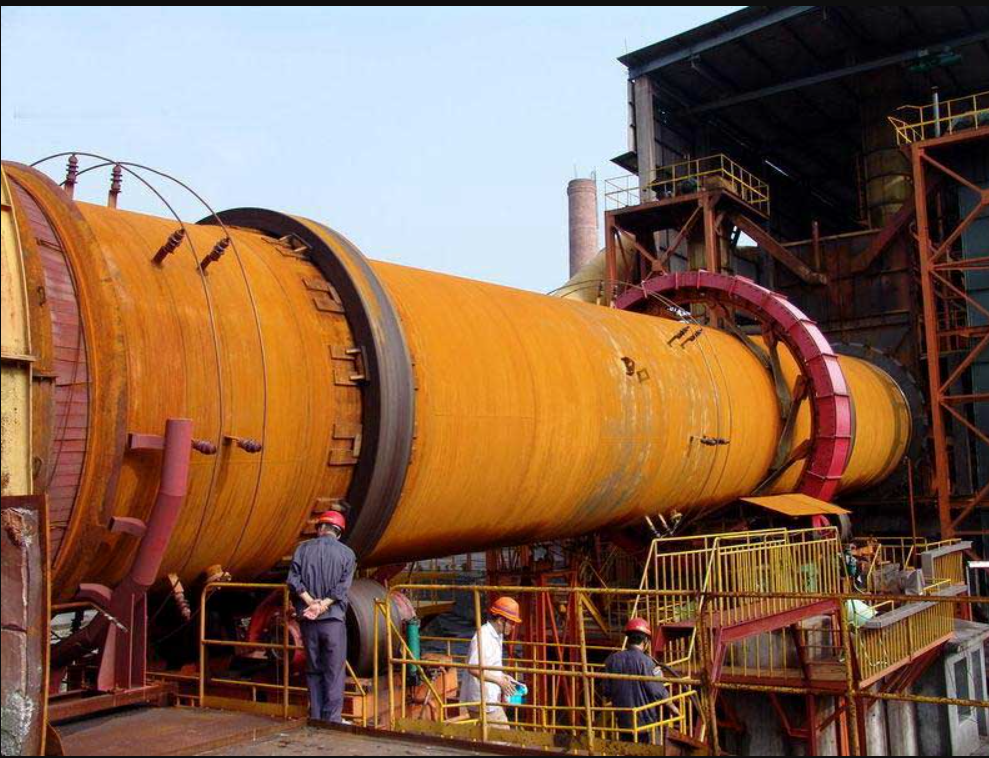Contents
Cement Kiln Maintenance: Comprehensive Guide

Cement kilns are critical components in the cement manufacturing process. Proper maintenance is essential to ensure their efficiency, longevity, and the quality of the cement produced. This comprehensive guide delves into the intricacies of cement kiln maintenance, providing detailed insights and actionable tips.
TO Download this post and all the books and excel sheets and my personal notes and presentations I collected bout cement industry click the below paypal link
Table of Contents
- Introduction to Cement Kilns
- Importance of Kiln Maintenance
- Types of Cement Kilns
- Rotary Kilns
- Shaft Kilns
- Kiln Maintenance Best Practices
- Routine Inspections
- Preventive Maintenance
- Common Kiln Issues and Solutions
- Refractory Wear and Tear
- Alignment Issues
- Mechanical Failures
- Advanced Kiln Maintenance Techniques
- Laser Alignment
- Infrared Thermography
- Safety Measures in Kiln Maintenance
- Tools and Equipment for Kiln Maintenance
- Case Studies and Real-world Applications
- Future Trends in Kiln Maintenance
- Conclusion
1. Introduction to Cement Kilns
Cement kilns are the heart of the cement production process. They operate at high temperatures to convert raw materials into clinker, which is then ground into cement. The efficiency and reliability of these kilns are crucial for producing high-quality cement.
2. Importance of Kiln Maintenance
Regular maintenance of cement kilns is vital for several reasons:
- Operational Efficiency: Proper maintenance ensures the kiln operates at optimal efficiency, reducing energy consumption and operational costs.
- Longevity: Routine checks and repairs extend the lifespan of the kiln, preventing costly breakdowns and replacements.
- Quality Control: Well-maintained kilns produce consistent clinker quality, leading to high-quality cement.
- Safety: Maintenance helps in identifying and mitigating potential hazards, ensuring the safety of the workers and the plant.
3. Types of Cement Kilns
Rotary Kilns
Rotary kilns are the most common type of cement kiln. They are large, cylindrical structures that rotate slowly while processing the raw materials.
Shaft Kilns
Shaft kilns are vertical structures where raw materials are fed from the top and clinker is removed from the bottom. They are less common but are used in certain types of cement production.
4. Kiln Maintenance Best Practices
Routine Inspections
Regular inspections are crucial for identifying potential issues before they become serious problems. Key inspection points include:
- Refractory Lining: Check for cracks, spalling, and wear.
- Kiln Shell: Inspect for warping, cracks, and corrosion.
- Girth Gear: Ensure proper lubrication and check for wear.
- Bearings: Regularly check and lubricate bearings.
Preventive Maintenance
Preventive maintenance involves scheduled activities aimed at preventing unexpected kiln failures. This includes:
- Lubrication: Regularly lubricate all moving parts to reduce friction and wear.
- Alignment Checks: Ensure the kiln is properly aligned to avoid undue stress on components.
- Component Replacement: Replace worn or damaged parts before they fail completely.
5. Common Kiln Issues and Solutions
Refractory Wear and Tear
Refractory materials line the inside of the kiln to protect it from high temperatures. Over time, these materials can crack or wear out.
Solution: Regularly inspect and replace refractory materials. Consider using higher-quality refractories to extend their lifespan.
Alignment Issues
Misalignment can cause uneven wear and tear, leading to mechanical failures.
Solution: Conduct regular alignment checks using laser alignment tools to ensure the kiln is correctly aligned.
Mechanical Failures
Mechanical failures can occur in various components, including the drive system, bearings, and girth gear.
Solution: Implement a rigorous preventive maintenance schedule to identify and address mechanical issues early.
6. Advanced Kiln Maintenance Techniques
Laser Alignment
Laser alignment tools provide precise measurements to ensure the kiln is properly aligned, reducing stress on components and improving operational efficiency.
Infrared Thermography
Infrared thermography is used to detect temperature variations in the kiln, which can indicate issues such as refractory failure or hotspots.
7. Safety Measures in Kiln Maintenance
Safety is paramount in kiln maintenance. Key safety measures include:
- Personal Protective Equipment (PPE): Ensure all workers wear appropriate PPE, including helmets, gloves, and safety glasses.
- Training: Provide regular training on safety protocols and emergency procedures.
- Hazard Identification: Regularly identify and mitigate potential hazards in the maintenance area.
8. Tools and Equipment for Kiln Maintenance
Effective kiln maintenance requires specialized tools and equipment, such as:
- Alignment Tools: Laser alignment tools for precise alignment checks.
- Inspection Cameras: For inspecting hard-to-reach areas.
- Thermal Cameras: For detecting temperature variations.
- Lubrication Systems: Automated lubrication systems to ensure proper lubrication of components.
9. Case Studies and Real-world Applications
Case Study 1: Improving Kiln Efficiency
A cement plant in Europe implemented a rigorous maintenance schedule, including regular laser alignment checks and preventive maintenance, resulting in a 10% increase in kiln efficiency and a significant reduction in downtime.
Case Study 2: Reducing Refractory Costs
A North American cement plant switched to higher-quality refractory materials and implemented regular inspections, reducing refractory replacement costs by 20%.
10. Future Trends in Kiln Maintenance
The future of kiln maintenance lies in the adoption of advanced technologies and predictive maintenance techniques. Innovations such as:
- IoT Sensors: Internet of Things (IoT) sensors for real-time monitoring of kiln components.
- AI and Machine Learning: AI-driven analytics to predict maintenance needs and optimize maintenance schedules.
- Robotics: Using robots for inspecting and maintaining hard-to-reach areas.
11. Conclusion
Effective cement kiln maintenance is crucial for ensuring operational efficiency, safety, and product quality. By adopting best practices, leveraging advanced technologies, and prioritizing preventive maintenance, cement plants can significantly enhance their kiln performance and reduce operational costs.
